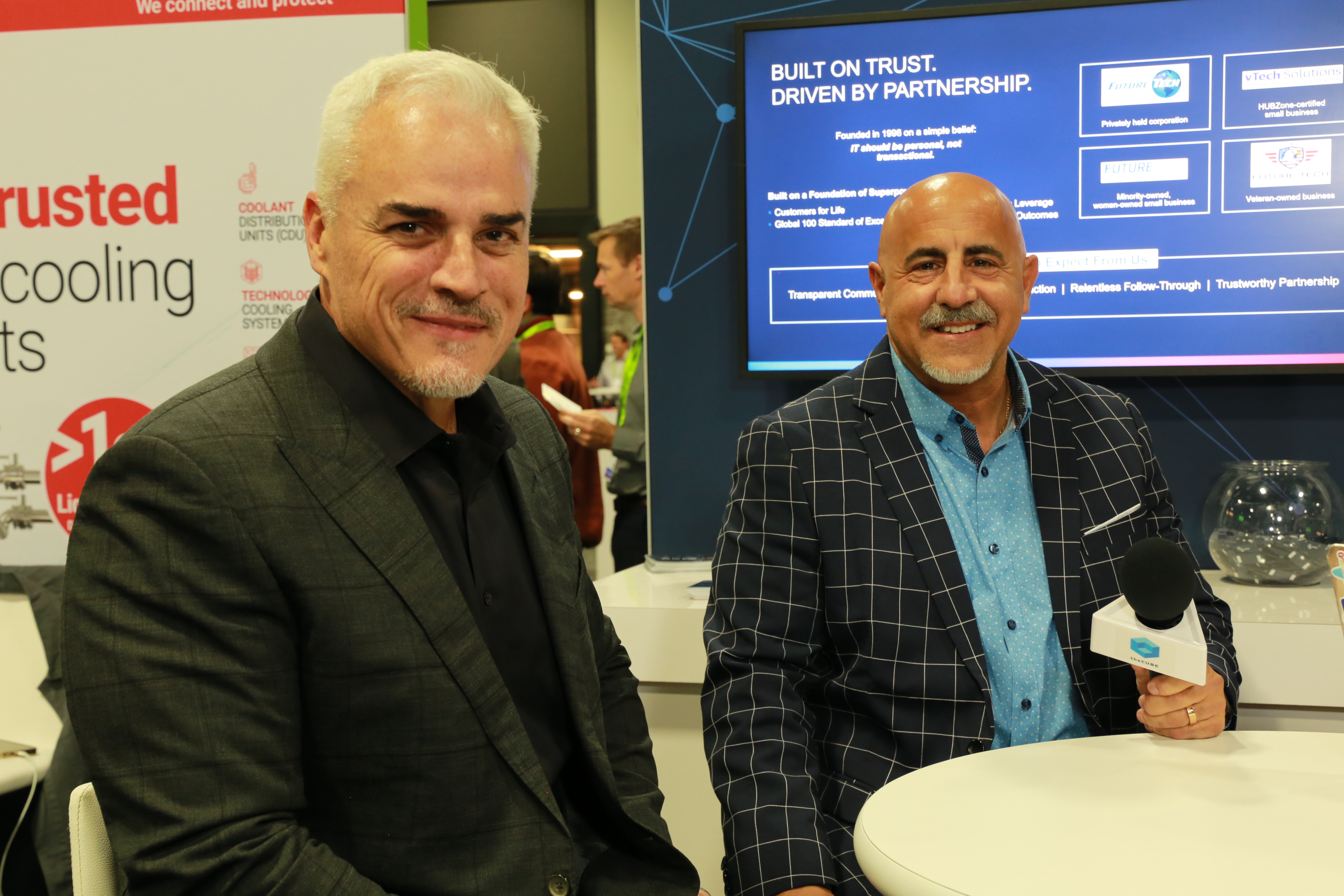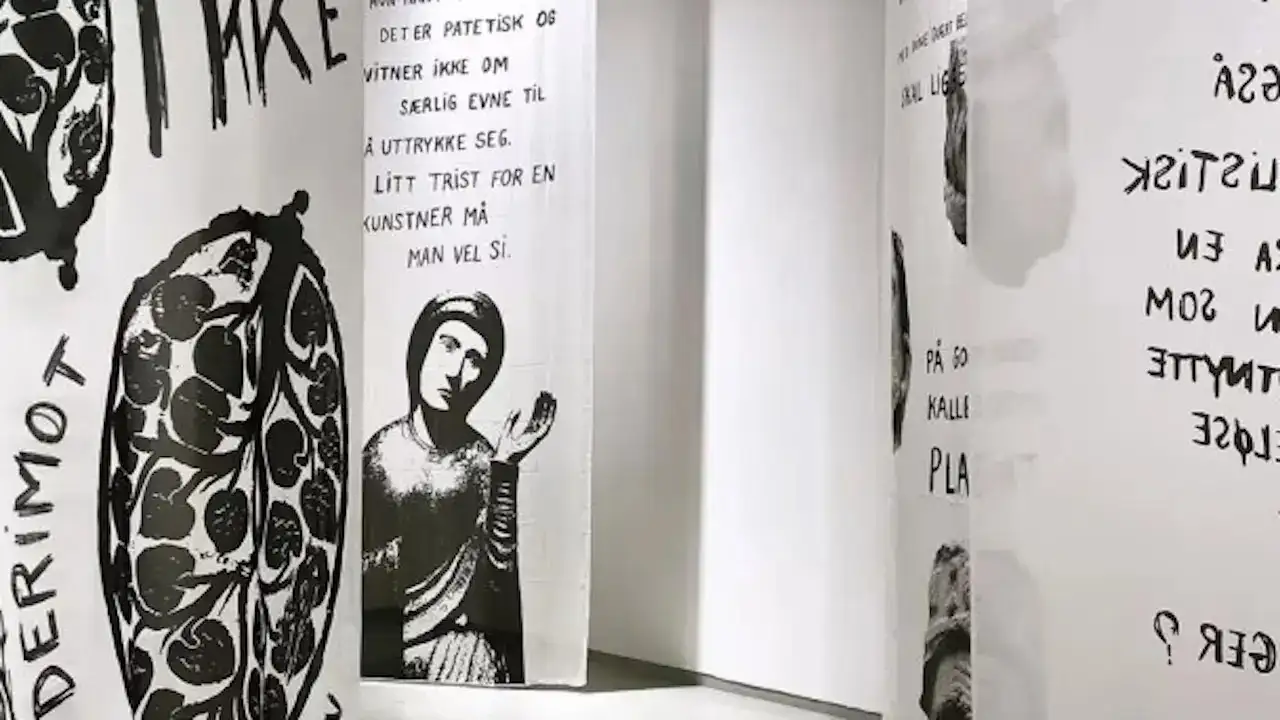Copyright SiliconANGLE News

Organizations face mounting pressure to deliver faster than ever, ushering in a new era of mission-driven innovation. The challenge goes beyond keeping up with competitors; clients now expect rapid innovation and seamless execution. As industries evolve, adaptability and the willingness to rethink traditional approaches have become defining factors for success. The pressure to innovate has never been higher, pushing organizations to rethink how they approach everything from product development to customer engagement. The companies that thrive are those that foster a culture of vision and value, rather than simply chasing quarterly targets — the foundation of mission-driven innovation, according to Bob Venero (pictured, right), president and chief executive officer of Future Tech Enterprise Inc. “I always say Nvidia’s the grandfather of AI,” he told theCUBE. “They started with the chips, and they’re driving it that way. Some of the things that really help Nvidia be a better company, in my opinion, are that they drive based on end-goal missions. There is no commission for salespeople at Nvidia; nobody gets comped on sales, and when you change that dynamic, people are then out there to drive the culture of the value.” Venero and Travis Garriss (left), chief information and digital officer of Northrop Grumman Corp., spoke with Savannah Peterson at the Nvidia GTC Washington, D.C. event, during an exclusive broadcast on theCUBE, SiliconANGLE Media’s livestreaming studio. They discussed the rapid transformation of technology partnerships, the shift toward mission-driven innovation, and the growing importance of speed and adaptability in the industry. (* Disclosure below.) Mission-driven innovation: Speed and purpose are rewriting the rules of tech partnerships The partnership between Nvidia Corp., Northrop Grumman and Future Tech has redefined the speed of large-scale technology execution, according to Venero. Once seen as slow and cumbersome, systems integrators are now leading rapid transformation through new leadership and collaboration. This shift allows teams to move from concept to deployment in record time, setting a new benchmark for agility in the defense sector. “A lot of people look at the systems integrators as this slow-moving aircraft carrier, and with new leadership and stuff, they’re turning into a speedboat,” Venero said. “This is a perfect example of being able to take something from concept to design to completion in three to four months is just unheard of in the market, and Northrop Grumman is leading that path big time.” Northrop Grumman’s approach to technology development is rooted in its commitment to real-world missions — in space, underwater and on the manufacturing floor. Its IT leadership focuses on enabling users and engineers alike, ensuring innovations are tested and applied in practical, high-stakes environments. This focus on mission-driven innovation guides how new capabilities are built and deployed, according to Garriss. “We have to always remember that the company is designed to deliver mission,” he said. “We’re trying to drive and taking advantage of AI and all of those areas. When we think about building capability, it’s not only to enable the development, but also the testing, so that we can use those things in the practical application for how they would be actually out in the field.” The defense industry is undergoing a major shift, with speed now outranking traditional priorities like price and quality, according to Garriss. This change is driving organizations to adopt faster development cycles, embrace minimum viable products and build cultures that value rapid improvement and creative problem-solving. The ability to iterate quickly — and tolerate imperfection — has become a decisive competitive edge. “We’re seeing a flip in the industry where pace is the most important attribute of how we go out and try and deliver,” Garriss said. “It yields things like MVPs as being acceptable, and we’re able to work through that. Culturally … how do we get people thinking in faster revisions and faster improvements … and get people to have a little bit of tolerance for not quite perfect?” Here’s the complete video interview, part of SiliconANGLE’s and theCUBE’s coverage of the Nvidia GTC Washington, D.C. event: (* Disclosure: Future Tech Enterprises, Inc. sponsored this segment of theCUBE. Neither Future Tech nor other sponsors have editorial control over content on theCUBE or SiliconANGLE.) Photo: SiliconANGLE



